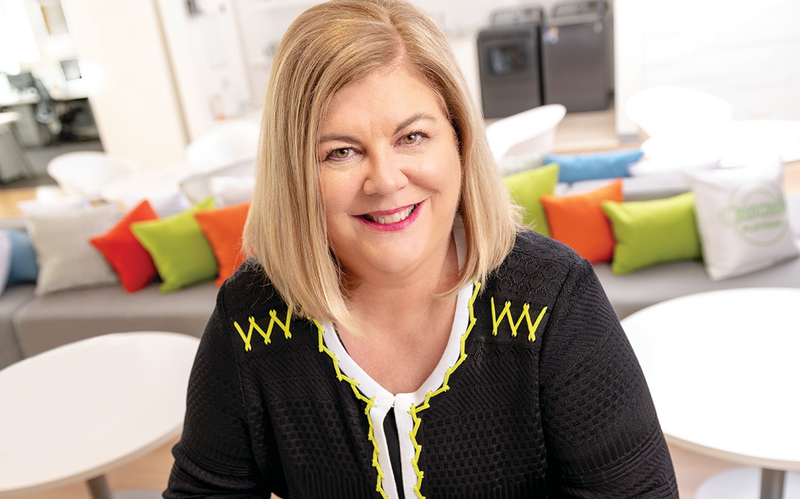CTDO Magazine Article
Member Benefit
An Agile State of Mind
Ann Schulte is encouraging mindset and learning agility at Procter & Gamble to tackle challenges and disruption.
RK
By
Fri Jan 15 2021

Loading...
Ann Schulte is encouraging mindset and learning agility at Procter & Gamble to tackle challenges and disruption.
